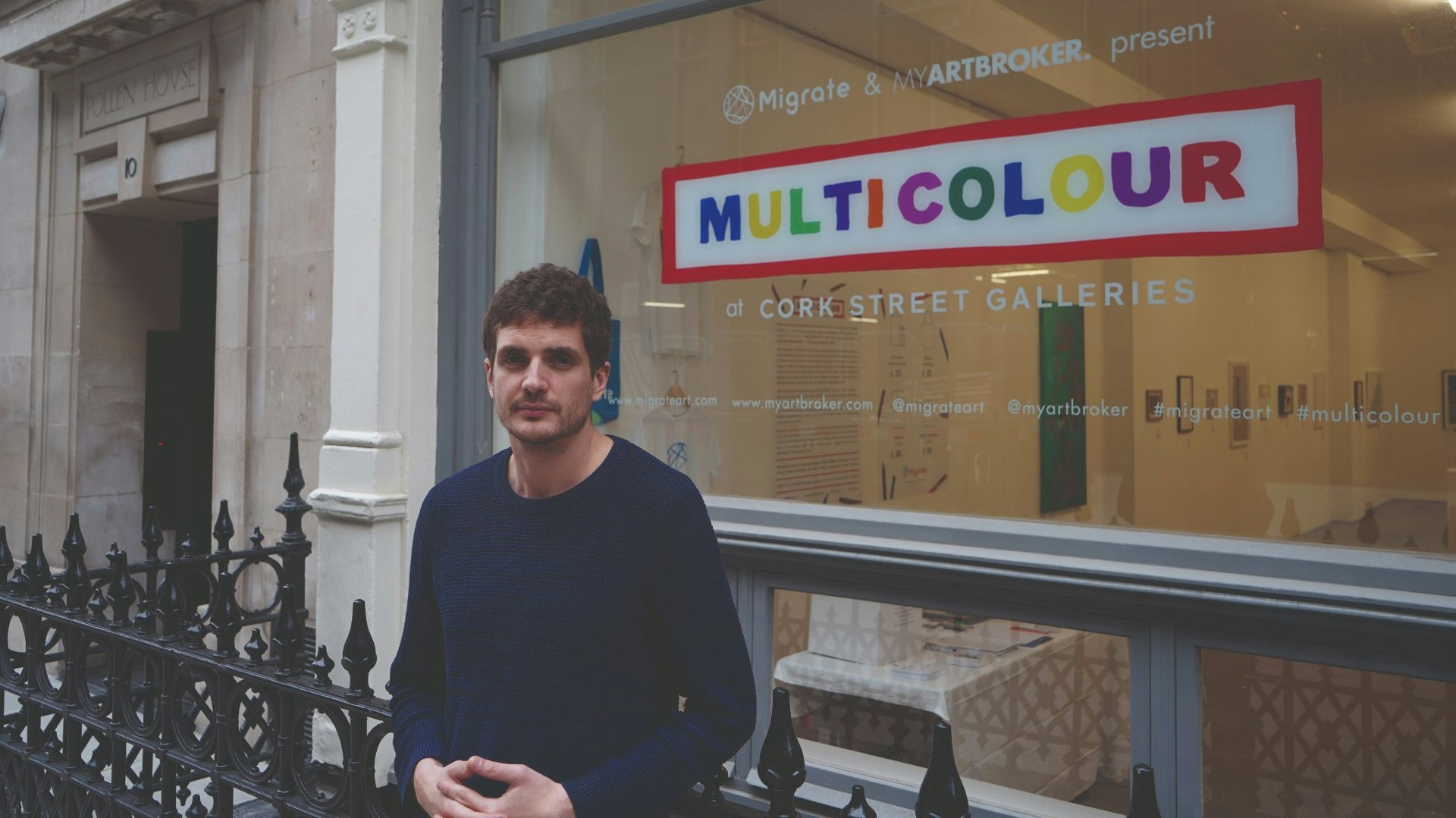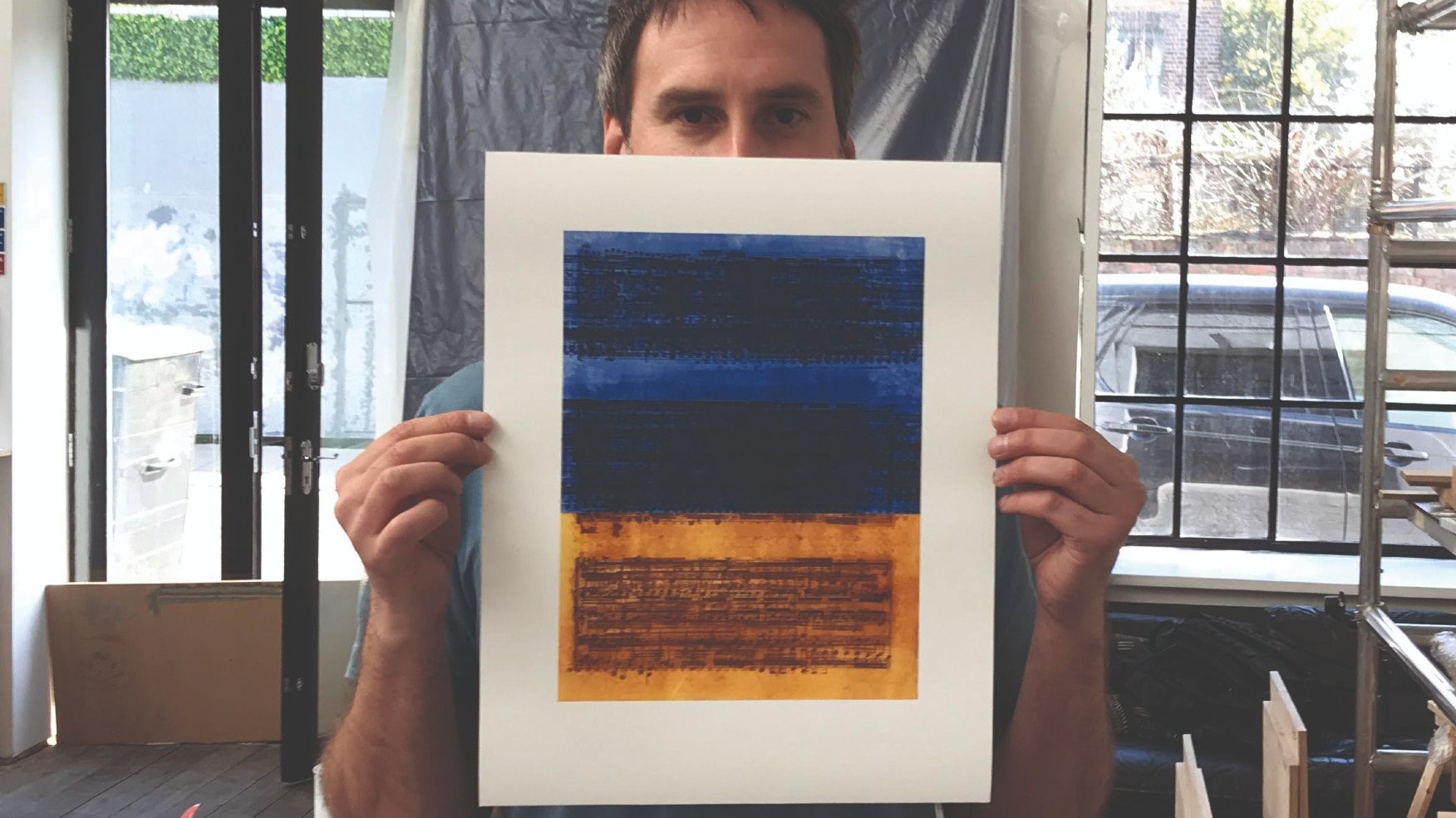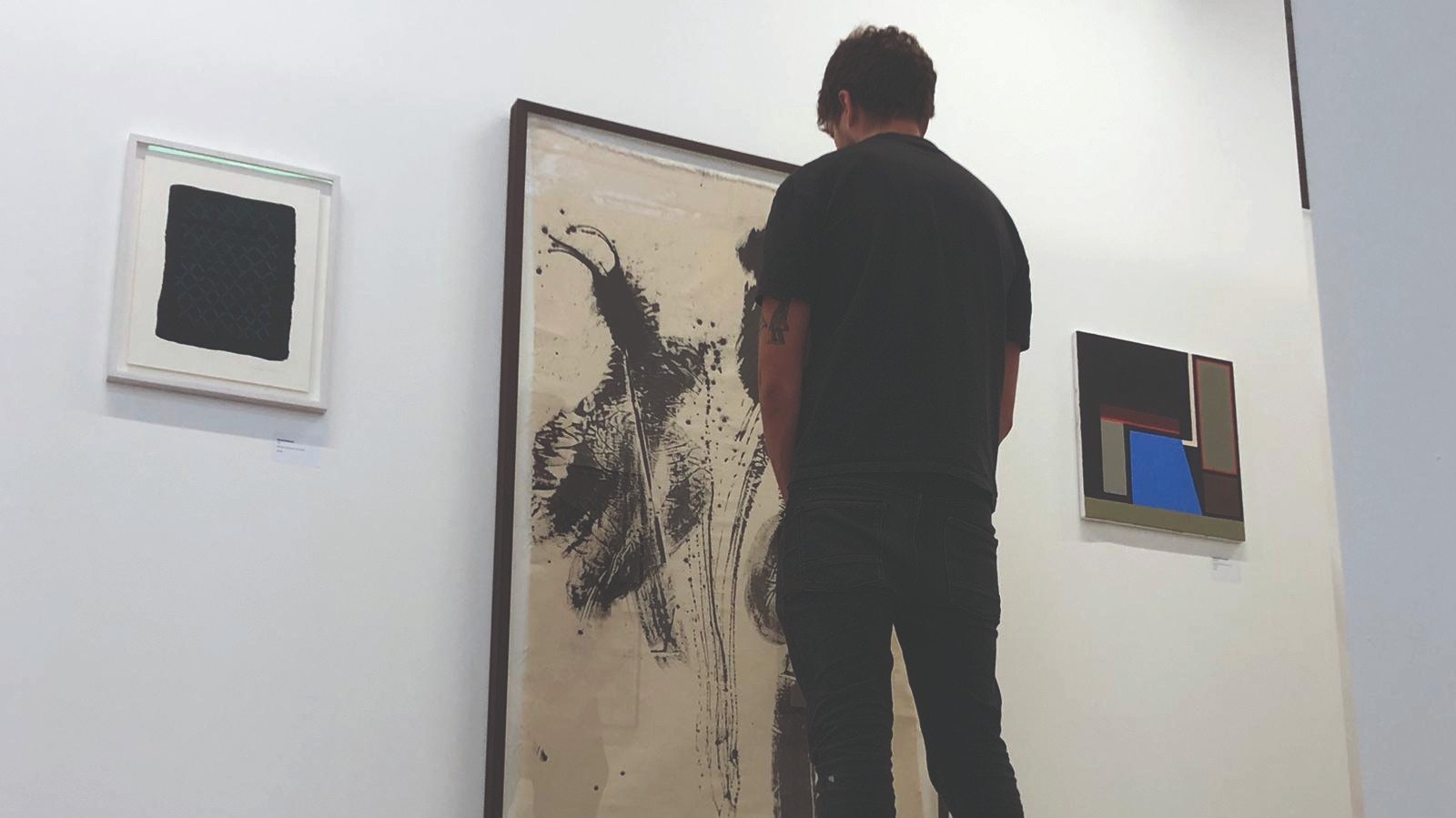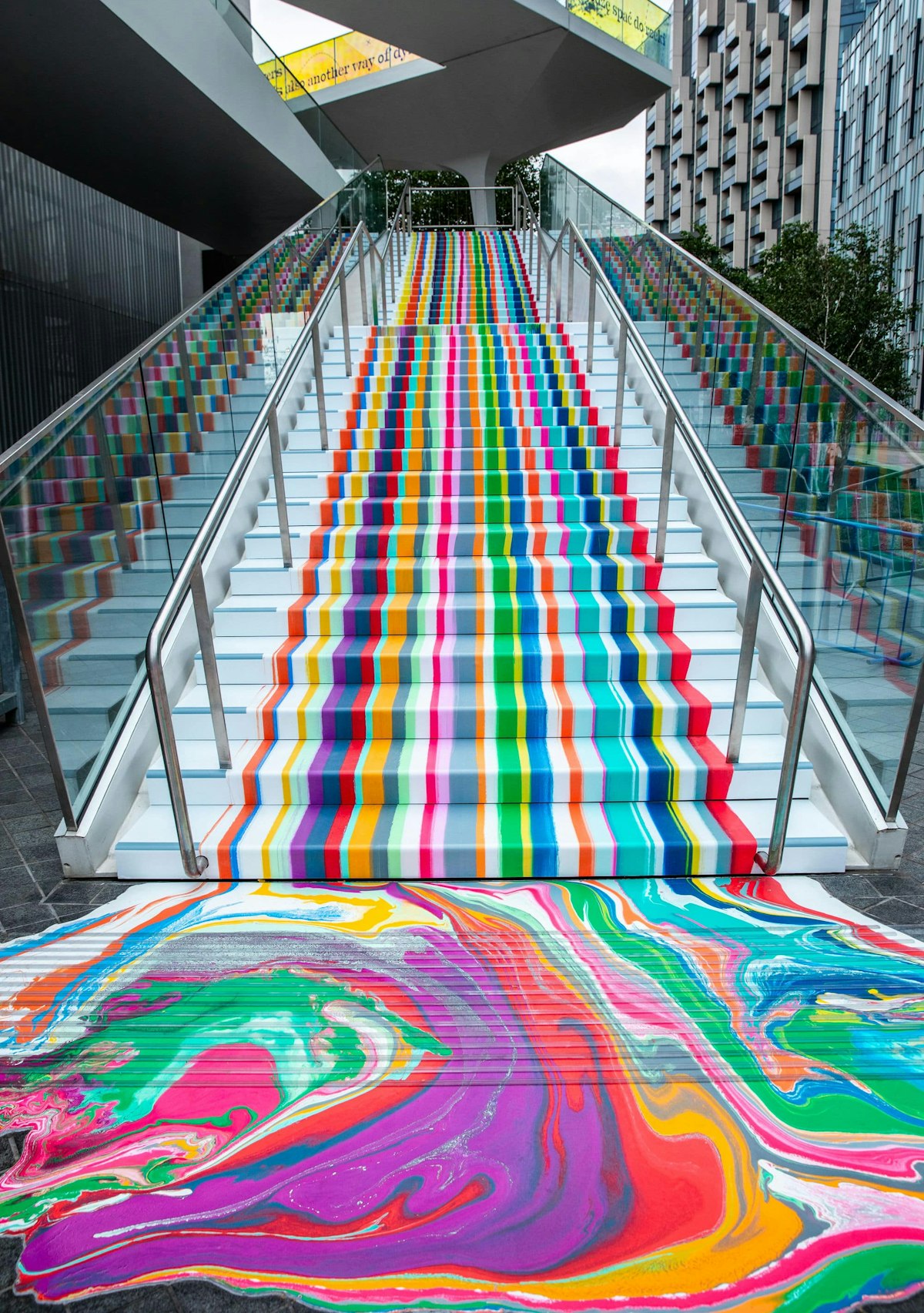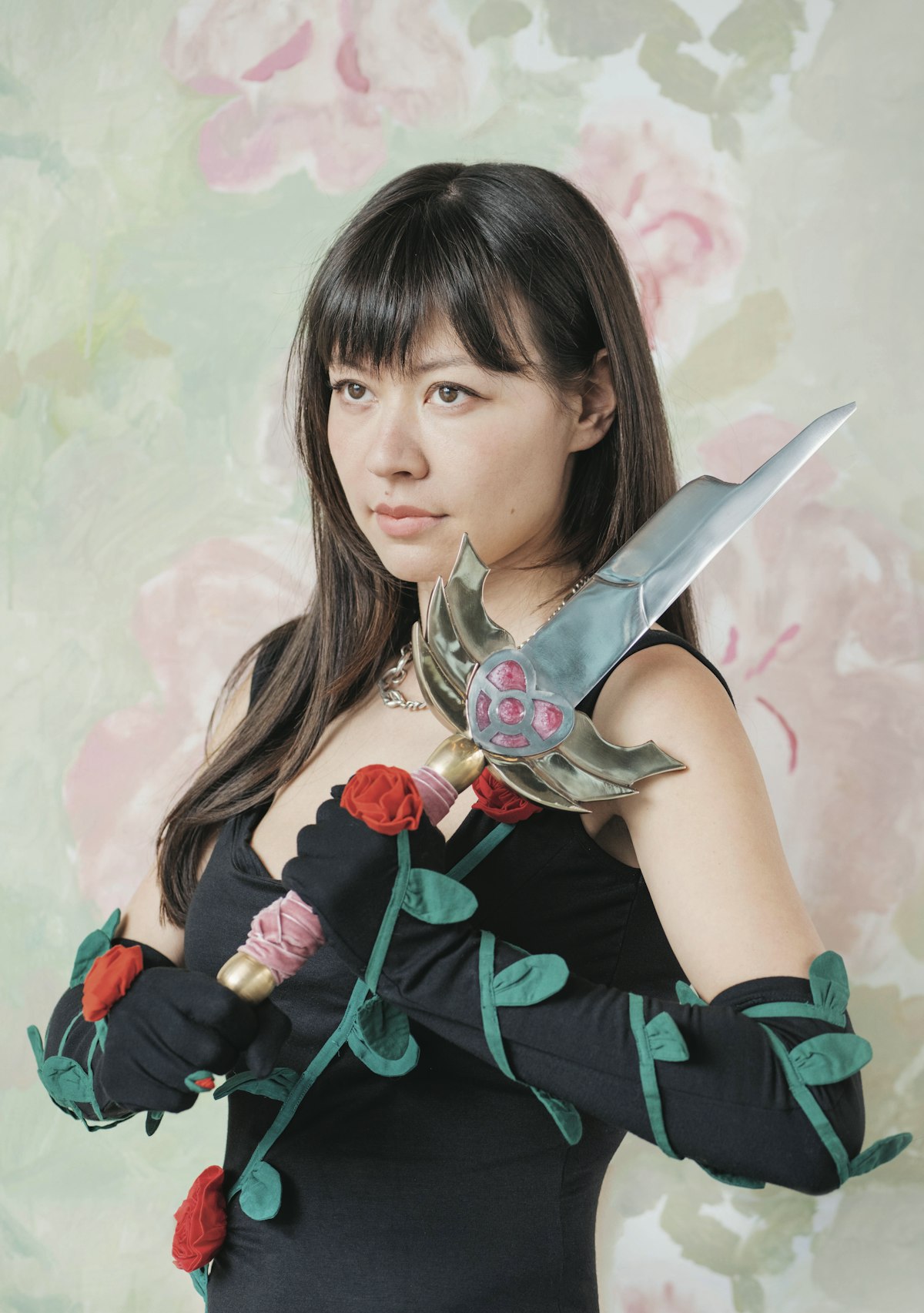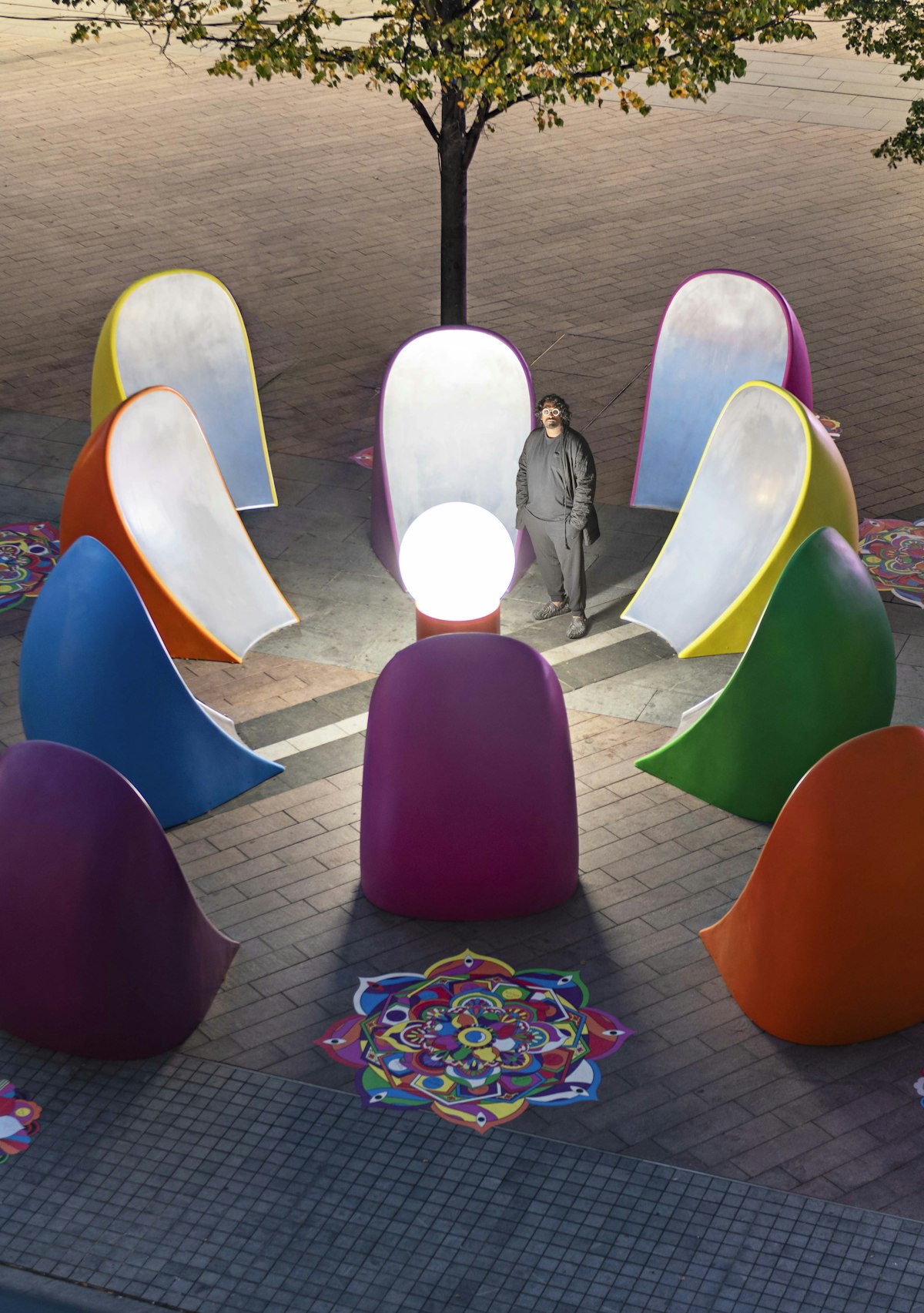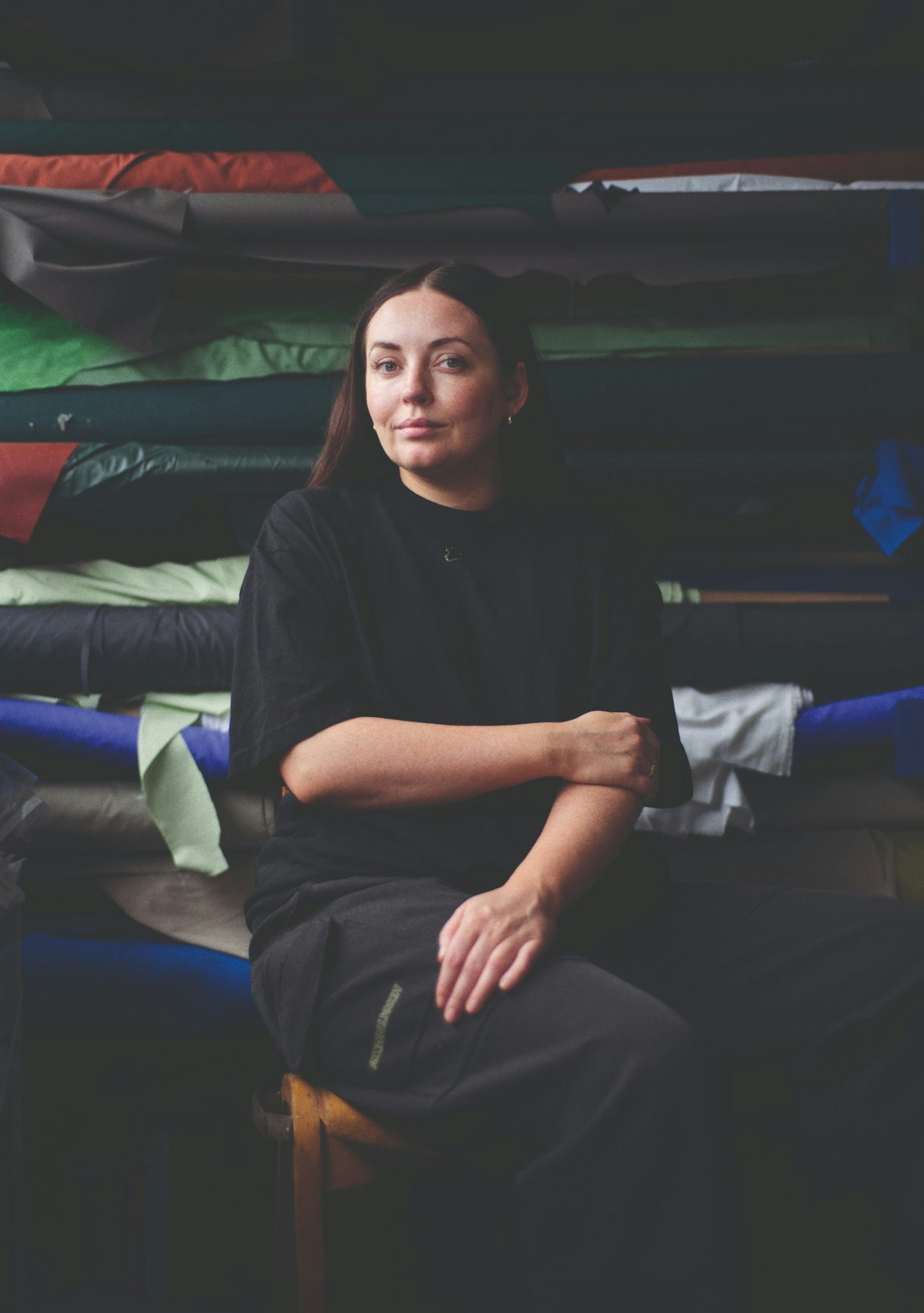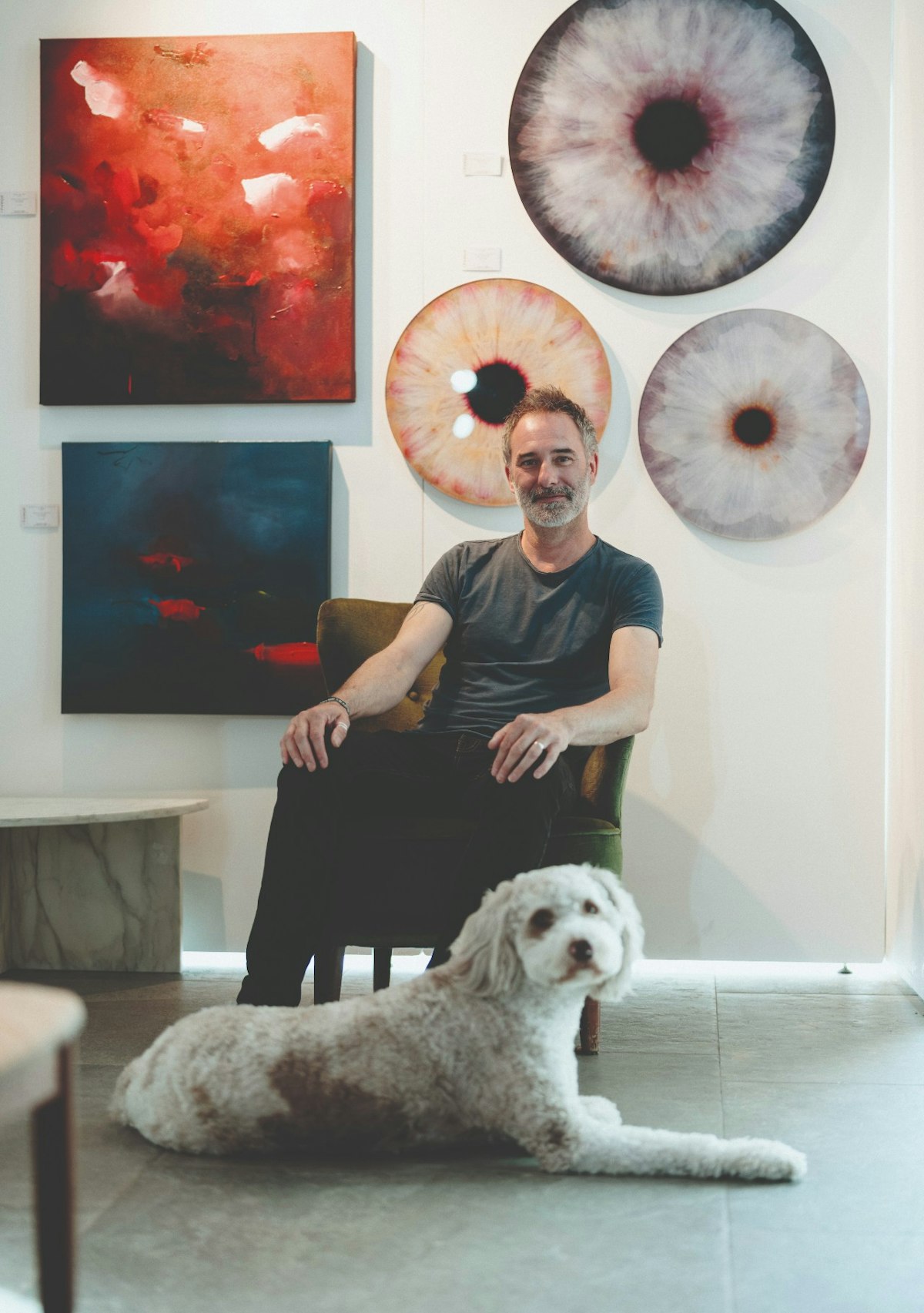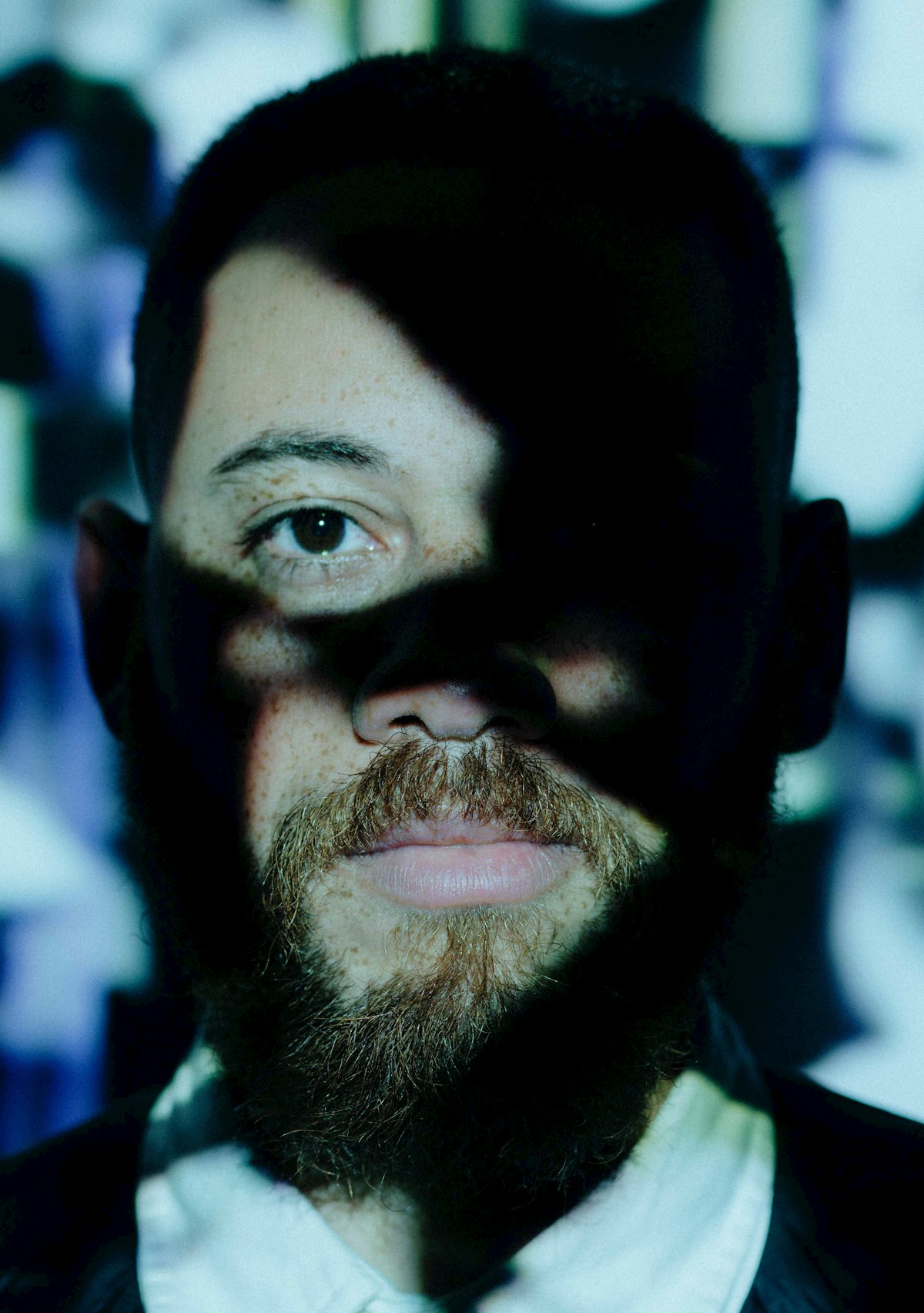
Welcome to the Jungle
At the end of 2021, some 89.3 million people were forcibly displaced around the world. Of these, 27.1 million were refugees, displaced outside of their country of origin, while the other 53.2 million were displaced internally within their homeland. Nearly half of them were children.
It’s easy to read numbers like this and feel overwhelmed, a little numb, perhaps even indifferent. After all, what can an individual do to help nearly 100 million people, particularly in the UK, which is home to less than 1% of the world’s displaced people? If you’re like Simon Butler, however, doing nothing about those numbers really isn’t an option, even if they do feel a little intimidating at first.
Simon’s charity, Migrate Art, supports displaced people around the world to rebuild their lives using funds from the sales of unique and limited edition artworks produced by some of the world’s most famous artists. Anish Kapoor, Idris Khan, Rachel Whiteread and Shepard Fairey have all contributed work to various projects, and to date, the charity has raised over £1.6 million, distributed to grassroots charities that work directly with refugees on the ground.
Simon founded Migrate Art in 2016 after a visit to Northern France to work in the now infamous Calais Jungle. Piqued by news reports that demonised its inhabitants then dumbfounded by the stories he heard from his brother, who’d spent months making a documentary about the Jungle, Simon decided it was a place he had to see for himself. “My brother talked about this profound experience he’d had over there, and then he was like, ‘you know, it’s right across the water Simon, you can go.’”
Until that moment, Simon had spent his entire working life in the art world, first as a graphic designer for Stolen Space gallery in Brick Lane – which represents artists like D Face, James Joyce and Shepard Fairey – then latterly managing one of Steve Lazarides’ galleries in Soho. He’d had a lot of fun in the art world, “the rule was, as long as you turned up, it didn’t matter how hungover you were,” but the experience had left him wanting something more. “There was always a bit of conflict for me,” he says, “in that artists genuinely make work about meaningful things, but the art world itself is so detached from these meaningful things, and can be quite shallow. So, I thought fuck it, why not, I’ll go to Calais and see what’s going on.”
Growing up in Maidstone, where immigration remains a divisive issue, much of Simon’s experience of refugees had been coloured by local gossip. As the UK’s main gateway to the rest of Europe, Kent has been a flashpoint for immigration issues since the 1970s, and “some of my family are pretty intolerant,” Simon says. This, coupled with a media climate hostile to migrants, made Simon’s first journey across the Channel to Calais an uneasy one. “All the stuff I read in the media was about these scary people who are like a threat to our society,” he says. But on arrival it was, “…the total opposite. Everyone was just so friendly and immediately offered me food and tea. The experience just changed my entire outlook on life, and I wanted to do something to counter all that negativity with something positive.”
“Artists genuinely make work about meaningful things, but the art world itself is so detached from these meaningful things, and can be quite shallow.”
And then he went straight back to his gallery job. But a plan was slowly emerging. “How could I combine these two worlds and redirect some of this art world money towards a place that actually needs it? And that’s what I’ve been trying to do for the last seven years.” There are plenty of organisations out there that sell artwork to fund good causes, “someone told me most artists get about 15 or 20 requests a week” says Simon – so when it came to organising his first art sale, Simon needed to find a way to cut through the noise and inspire the artists he was looking to enlist. His first technique was to always make first contact with a hand-written note, “which took some serious investigative journalism techniques to get hold of addresses sometimes”.
Secondly, and most importantly, he gave his artists materials to work with that had a direct connection with the places and people the projects would support. When the Jungle was finally torn down in Calais, Simon went over and picked up 70 pencils that had been used in a makeshift school for the refugees and sent them out to artists to be used in their work. Later, when raising funds to support Kurdish immigrants in Northern Iraq, Simon gathered ash from cereal crops razed by ISIS terrorists, which was then used as pigment in works by the likes of Richard Deacon and Mona Hatoum. In their recent Moral Fibres project, life jackets worn by migrants coming to the UK in small boats were repurposed as packaging for artist-designed silk scarves.
“I wasn’t really thinking about it when I first started gathering these artefacts, but I think there’s a really nice poetry to taking something that’s destructive and turning it into something creative and positive; something that was destroying the community becomes something that helps the community. It comes full circle.”
Also unusual is Migrate’s approach to distributing funds. “We don’t simply raise funds and send them to a faceless NGO without ever knowing where the money has been spent,” its website declares, which seems a little hard on NGOs, but Simon clarifies. “For a long time before COVID, people just didn’t trust big charities because of all these scandals that were happening. So it was really important for me that we knew all the charities that we were supporting and exactly where the money was going.”
Unlike “faceless NGOs” smaller charities understand the nuances of a particular place, people, climate or cause, meaning a lot of well-meaning effort isn’t wasted due to misunderstanding. “I saw it happen so often in Calais,” says Simon. “So many people came over to try and do something without grasping the nuance of what was going on. Now we have three main charity partners – RefuAid, Refugee Community Kitchen, and The Lotus Flower – who we’ve worked with for seven years. I’ve volunteered with all of them, so I know where the money is being spent and how they work.”
In 2023, Migrate is more than just Simon sending hand-written notes to art-world luminaries. He has a team of three full-time staff and an expanded remit, not just to help refugees, but to support anyone displaced from their homes. That could be one person experiencing homelessness due to no-fault evictions right here in the UK, or a whole indigenous community forced from their land to make way for intensive agriculture in the Amazon. If there are people without a home, then Migrate Art wants to make it its business to help.
And with the number of displaced people globally on the rise each year, Simon and his team are going to have their work cut out for them. Wouldn’t he rather have just stayed put in the art world? Not at all. “I’m never going to be paid as well as I would if I worked in a big gallery,” he says. “But my life has been enriched by doing this work.”
